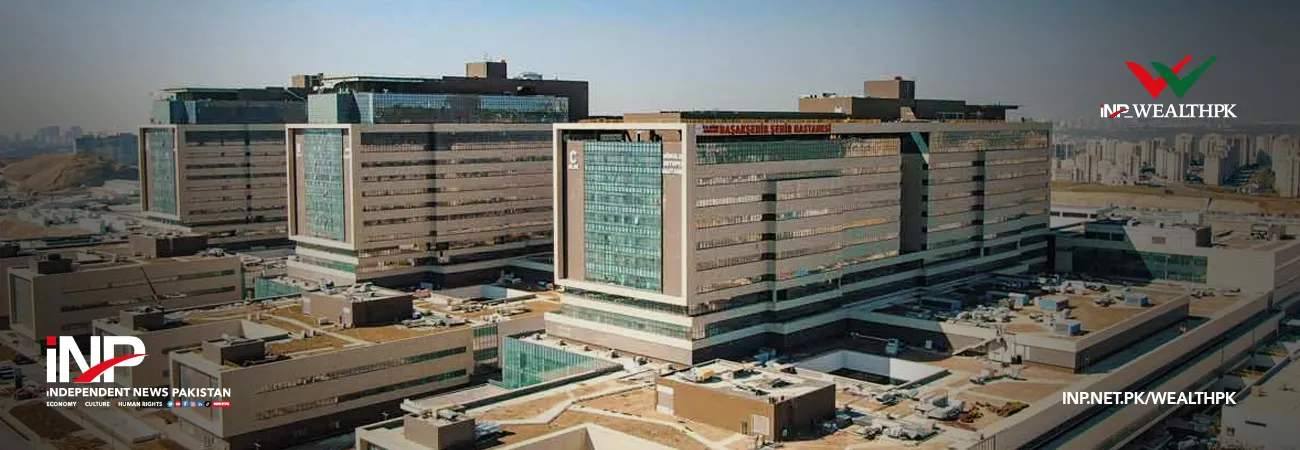INP-WealthPk
By Ayesha Mudassar ISLAMABAD, June 02 (INP-WealthPK): The government’s prudent policies have helped the leather industry to attain a steady recovery. However, the sector requires significant investment in innovation and technology to generate better products and also to lessen the environmental impacts. An official in the Pakistan Leather Garments Manufacturers and Exporters Association (PLGMEA) told WealthPK that sales tax refunds, customs duty exemptions, and decreased regulatory duties have inspired all leather business entrepreneurs for expanding their operations. “Also, these incentives boosted investor confidence in Pakistan's business market and strengthened Pakistan's domestic potential to create a viable platform for joint ventures between allied industries and international enterprises,” said the official. The country's leather garment exports climbed by 9.62% to $262.1 million from July-April in the current fiscal year 2021-22, compared to $239.1 million in the corresponding period of the previous fiscal year. Likewise, exports of leather tanned, leather gloves, other leather manufacturers, and leather footwear increased by 33.35%, 9.62%, 9.96%, and 16.72%, respectively. According to Pakistan Tanners Association, tanneries have started moving from the city areas to the tannery zones, which will significantly reduce environmental pollution and increase the global demand for Pakistani leather products. “Pakistan's leather sector is the country's second-largest export industry after textiles, and it has the highest untapped export potential,” the PLGMEA official pointed out. Within the leather garment sector, China, Italy, and Vietnam are the top three exporters, having exported leather garments worth $59.97 billion, $19.86 billion, and $19.85 billion in 2020, respectively. Pakistan's leather exports are primarily concentrated in the European region, with a market share of roughly 80.5%. The second-largest region is the American region, followed by Asia. “Other top potential markets include China and European countries which can be tapped through better marketing and participation in trade fairs and exhibitions,” said the official. Being a livestock-rich country, Pakistan should have a high-performing leather industry. The industry requires a well-integrated vision along with the implementing capacity to create a long value chain starting from modern slaughterhouses to efficient tanneries equipped with cutting-edge equipment, and finished leather garments manufacturing units. The official said there is a need to formulate more effective policies to provide employment opportunities and hold exhibitions for local manufacturers and small and medium-sized enterprises. “Training programs will help in developing people's skills in modern design, pattern making, cutting, and sewing, as well as management skills,” said the official. All these steps would consequently improve the sector’s production, foreign investment, and exports.













